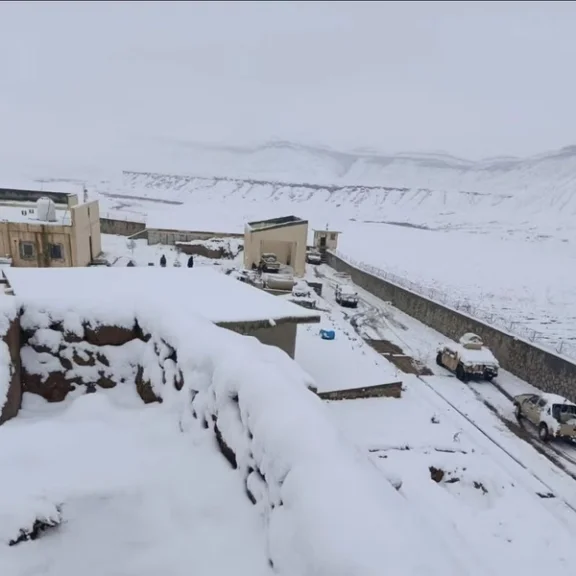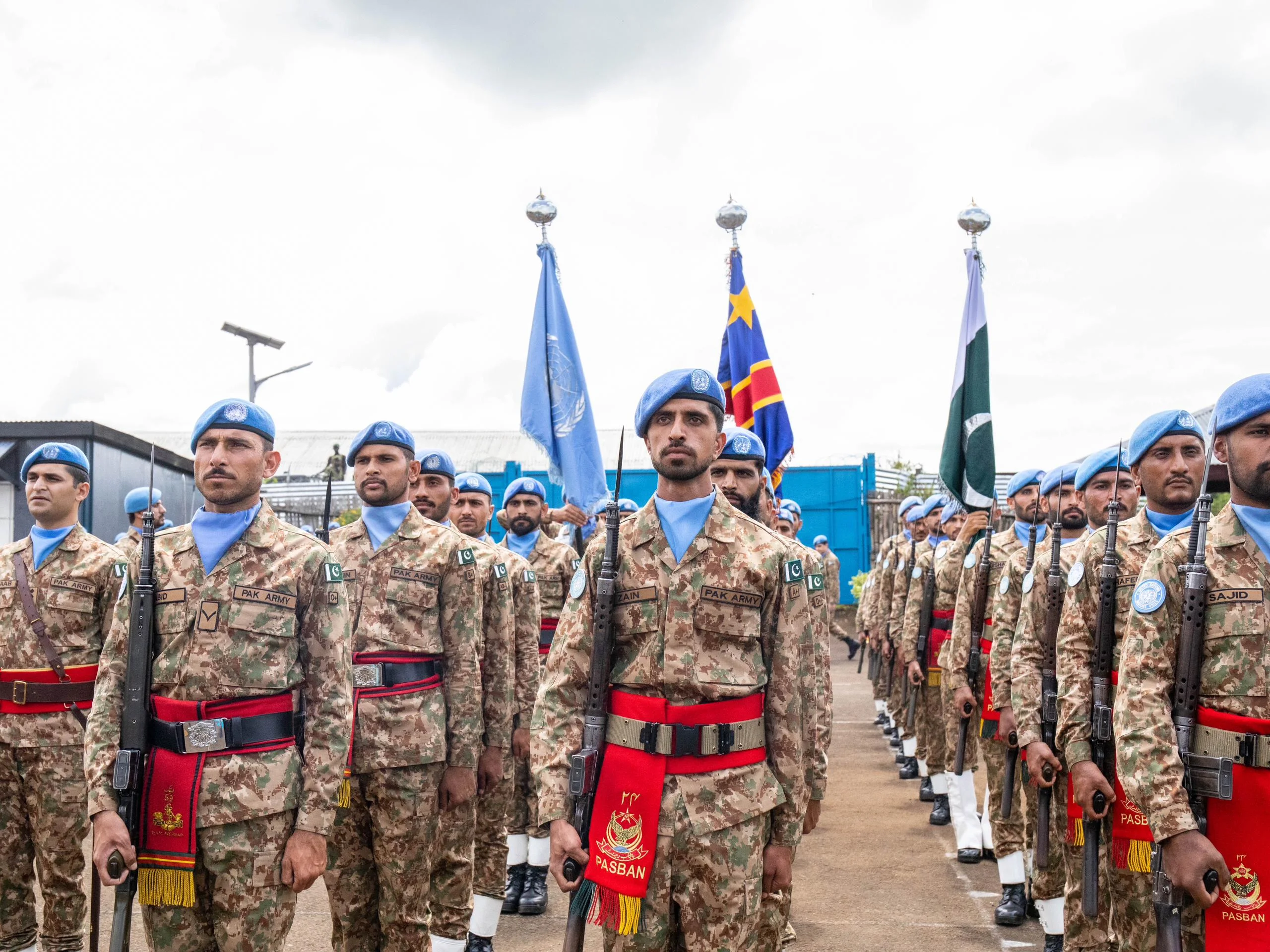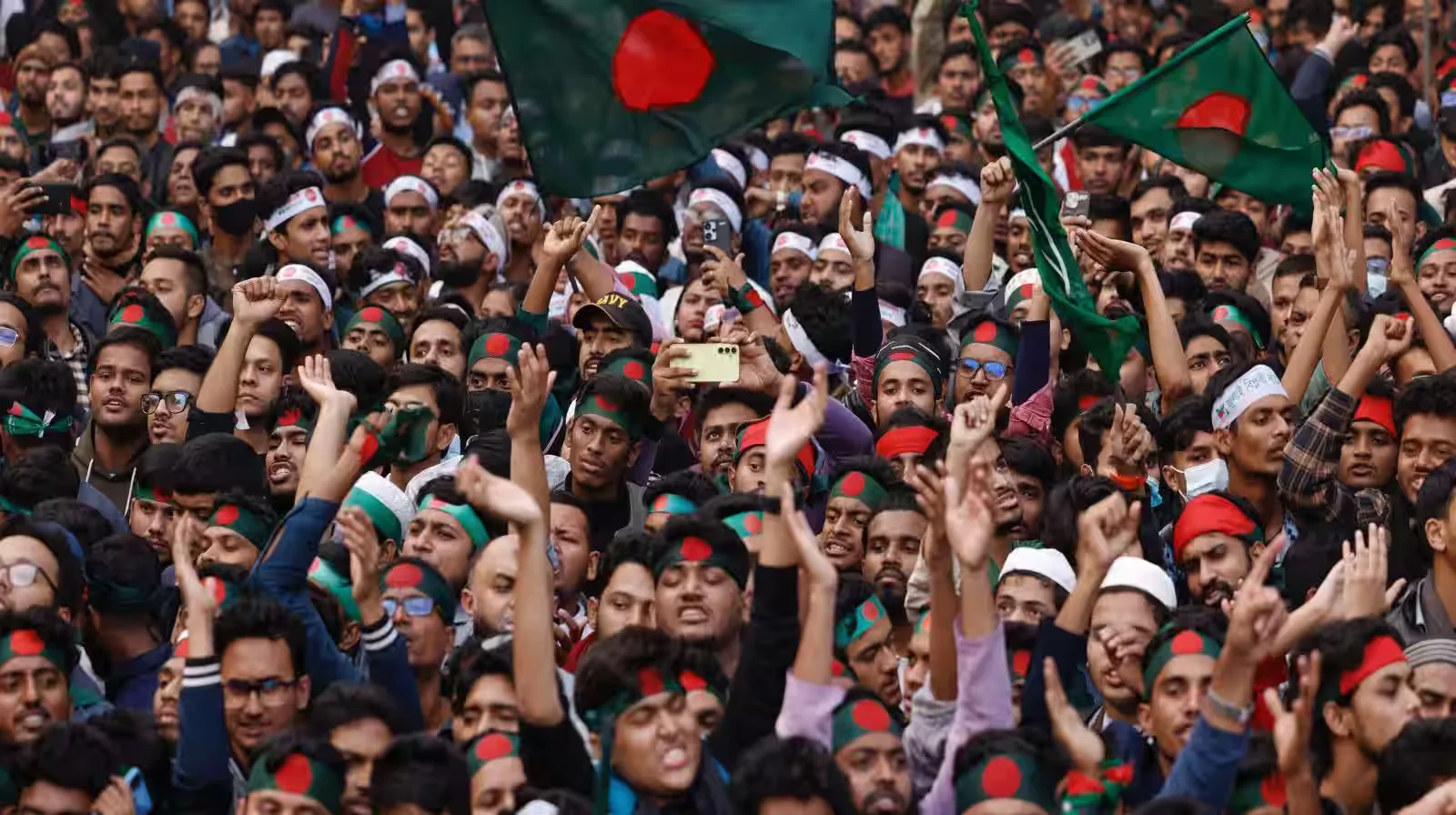On August 5, 2019, the Indian government revoked Article 370 of its constitution, dismantling the semi-autonomous status of Jammu and Kashmir. This UN-recognized disputed territory has grappled with decades of bloodshed and remains one of the world’s most militarized regions. While presented as a step towards integration, this act served as the legislative catalyst for a far more ambitious project: the demographic re-engineering of India’s sole Muslim-majority region.
The policies enacted since are not anomalous but adhere to a well-documented playbook of settler-colonialism. This strategy has a grim precedent within India’s own history, notably the 1947 Jammu massacres, and draws direct parallels with state-led demographic alterations carried out by the Soviet Union in Crimea and by Israel in Palestine.
The Legal Architecture of Demographic Change
For decades, Article 370 and Article 35A provided a constitutional shield, granting the native population of Indian Occupied Jammu and Kashmir exclusive rights to land ownership and government employment. Its removal was the crucial first step. In its place, new laws were swiftly implemented. The 2020 Domicile Law created a broad new definition of resident, allowing any Indian citizen who has lived in the region for 15 years to gain permanent residency. This was followed by new land laws that repealed longstanding protections and permitted any Indian citizen to purchase land. This legal framework created the channels for a state-facilitated influx of a new population. By early 2021, the Indian government reported that over 3.2 million domicile certificates had been issued, and by 2025, reports indicated that over 83,000 of these were granted to non-locals, alongside the allotment of over 850 acres of land to outside corporations under a new industrial policy.
A Pattern of Dispossession: Global and Local Precedents
India’s current strategy in Kashmir is not an invention but an application of time-tested colonial methods, mirroring historical examples where states have used population transfer and settlement as tools of control.
1. The Jammu Method (1947)
The most direct blueprint was implemented in the Jammu region of the state itself. The 1941 census showed that Muslims constituted over 61% of the population in Jammu region of Jammu and Kashmir. During the partition violence of October-November 1947, a systematic campaign of ethnic cleansing was unleashed by extremist militias, actively aided by the Dogra state forces. The objective was to create a Hindu-majority buffer. Contemporary accounts reported that Muslims were driven out like cattle. Estimates suggest up to 237,000 Muslims were either massacred or forced to flee. Within months, the Muslim majority in Jammu was decimated to around 30%, an irreversible demographic shift achieved through brutal, state-sanctioned violence. Jammu city, which previously had a Muslim population of around 40%, now has only 7% Muslims. This event established a successful domestic model for demographic engineering, and its memory fuels the current anxieties in the Kashmir Valley.
2. The Soviet-Crimean Blueprint (1944)
A chillingly similar operation was conducted by the Soviet Union against the Crimean Tatars, the indigenous Muslim population of Crimea. On May 18, 1944, in an operation known as the Sürgünlik (exile), Joseph Stalin’s NKVD deported the entire Tatar population. Over 230,000 people were rounded up and shipped to Central Asia, with the official pretext of Nazi collaboration serving as a cover for a colonial objective. Nearly half the population perished during the exile from starvation and disease. The physical removal was followed by a comprehensive cultural erasure.
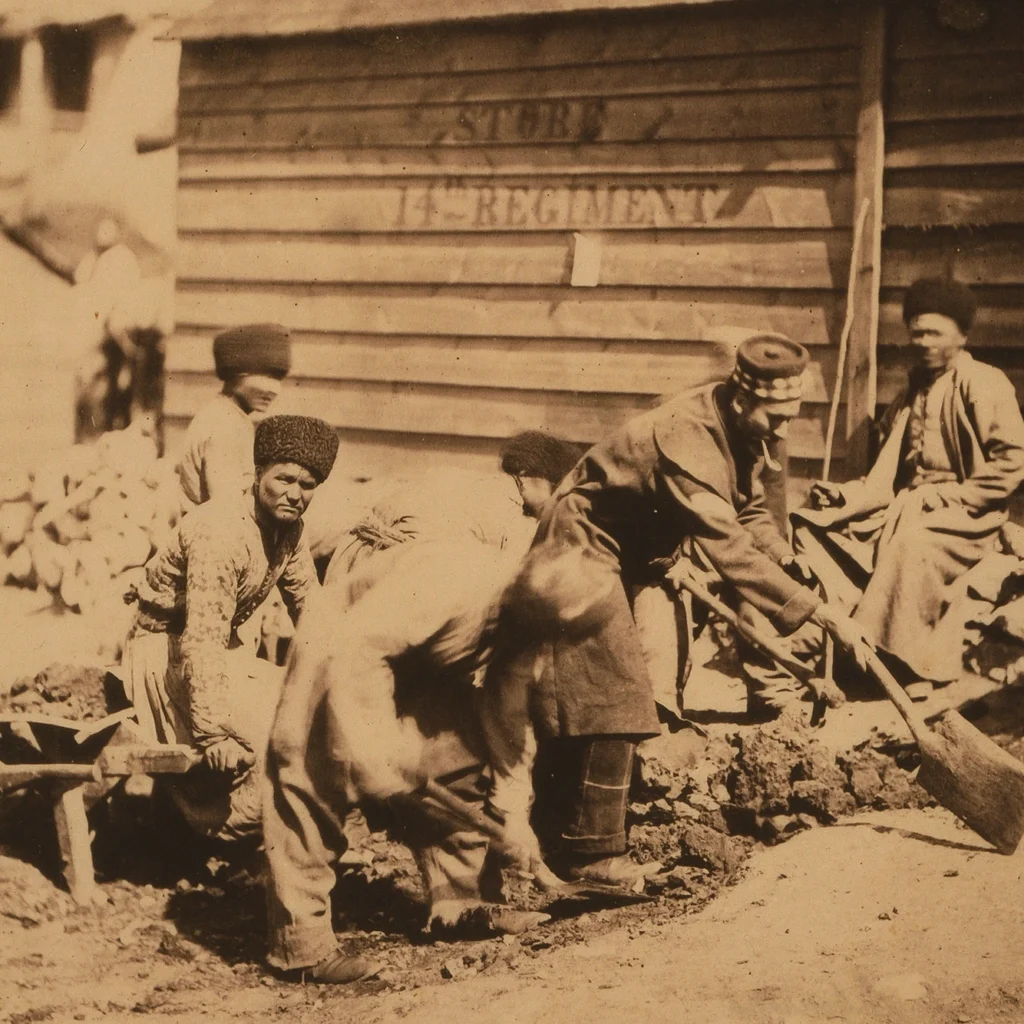
Over 1,000 Tatar place names, towns, villages, and mountains, were replaced with Russian ones. Mosques were converted into cinemas and warehouses, ancient cemeteries were bulldozed for construction, and the official history was rewritten to portray Tatars as a foreign, treacherous element. This complete annihilation of a people’s presence from their homeland serves as a stark warning of how demographic change is coupled with the eradication of memory and culture.
3. The Israeli-Palestinian Model
The methods in Kashmir also closely mirror the Israeli model of settler-colonialism, which combines military force with legal manipulation. The 1950 Absentees Property Law was a key instrument, allowing the state to seize the land of Palestinians who were forced to leave the area by Israel during the 1948 war, an event known as the Nakba. This legal dispossession continues today, with over 700,000 Israeli settlers living in the occupied West Bank and East Jerusalem. This settlement enterprise is not a private endeavor, it is state-sponsored. The state provides security, infrastructure, and financial incentives for settlers, who live under Israeli civil law while Palestinians in the same territory live under military law. Land is often seized for security purposes only to be later transferred to settlements.
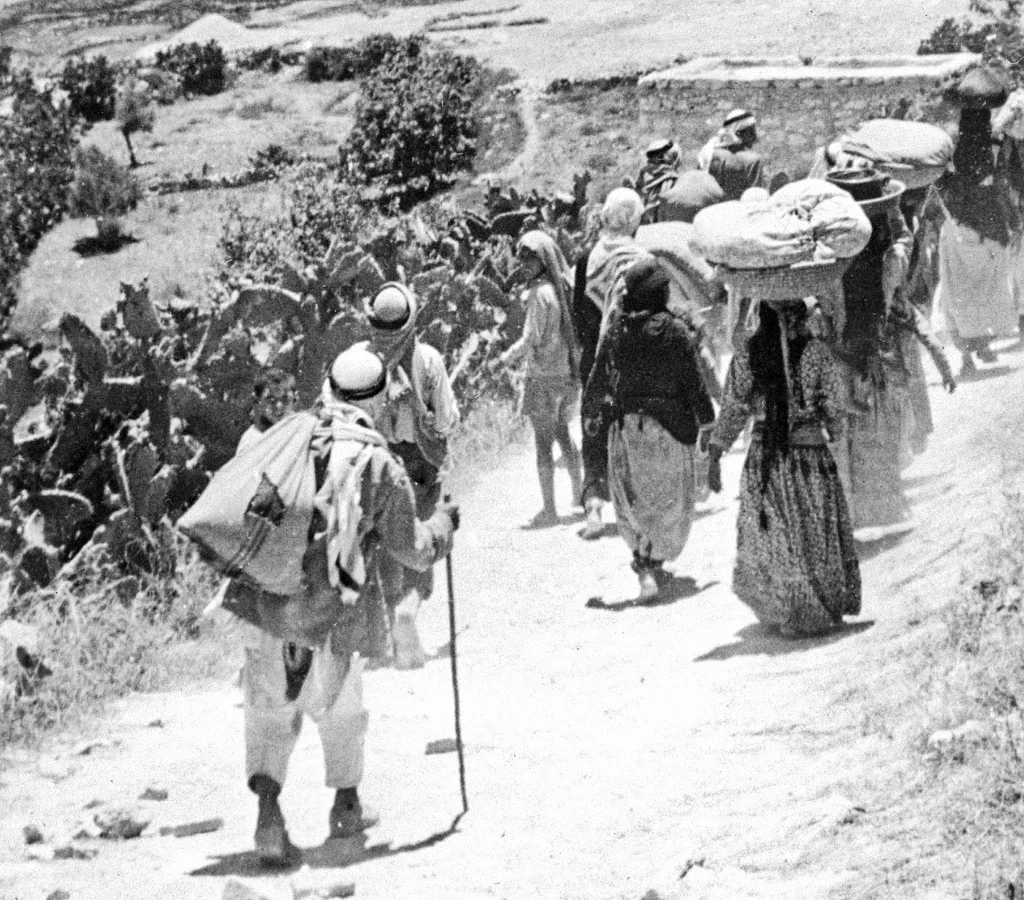
India’s new laws in Kashmir, which privilege outside investment and settlement under the guise of security and development, function in a similar way to dispossess the indigenous population and entrench control.
The Systematic Erasure of Kashmiri Identity
The demographic project is inseparable from a broader assault on Kashmiri identity, which is being systematically dismantled through administrative, cultural, and economic means.
This cultural re-engineering is comprehensive. The promotion of Hindi and the demotion of Urdu, the region’s traditional lingua franca, is a key front. Public institutions, landmarks, and even roads are being renamed to erase their local historical context and impose a new, nationalist identity. Educational curricula are being rewritten to align with a mainland Indian narrative, sidelining local history and culture.
Economically, the new industrial and land policies are designed to marginalize local businesses. By opening up the region to large outside corporations, the government is altering the economic fabric of the valley, making Kashmiris economically dependent on and subservient to external forces. This economic disenfranchisement is a classic colonial tool used to break the will of a native population.
Furthermore, there is a direct assault on the region’s spiritual and social institutions. The government has moved to take control of the Waqf Board, which manages Kashmir’s vast network of Sufi shrines and Islamic endowments. These shrines are not just religious sites, they are the centuries-old heart of Kashmir’s culture and social life. Controlling them is a way to control the very soul of the Kashmiri people. This is compounded by a severe crackdown on local media, academics, and civil society, creating a climate of fear where any expression of a distinct Kashmiri narrative is suppressed.
India as a Colonial Power
The strategies being deployed in Kashmir are not merely echoes of the past, they are a direct and deliberate replication of the tactics used by the most ruthless imperial and colonial powers in history. The legal architecture facilitating land grabs and settlement is a modern version of the tools used by Israel in Palestine. The combination of population transfer with the systematic erasure of cultural and linguistic identity is precisely the method the Soviet Union used to subjugate Crimea. The violent precedent set in Jammu in 1947 serves as the foundational proof-of-concept for the Indian state.
By implementing this playbook, dispossessing a native population, engineering demographic change, and systematically erasing a unique cultural identity, India is acting as a colonial power. It is employing the classic methods of subjugation to solidify its control over a territory and its people. The project in Kashmir is an unambiguous attempt to solve a political dispute by eliminating the political subject, a final colonial solution that seeks to make the question of Kashmiri self-determination irrelevant by erasing the Kashmiris themselves. In doing so, India has firmly placed itself in the lineage of the historical colonial empires.


